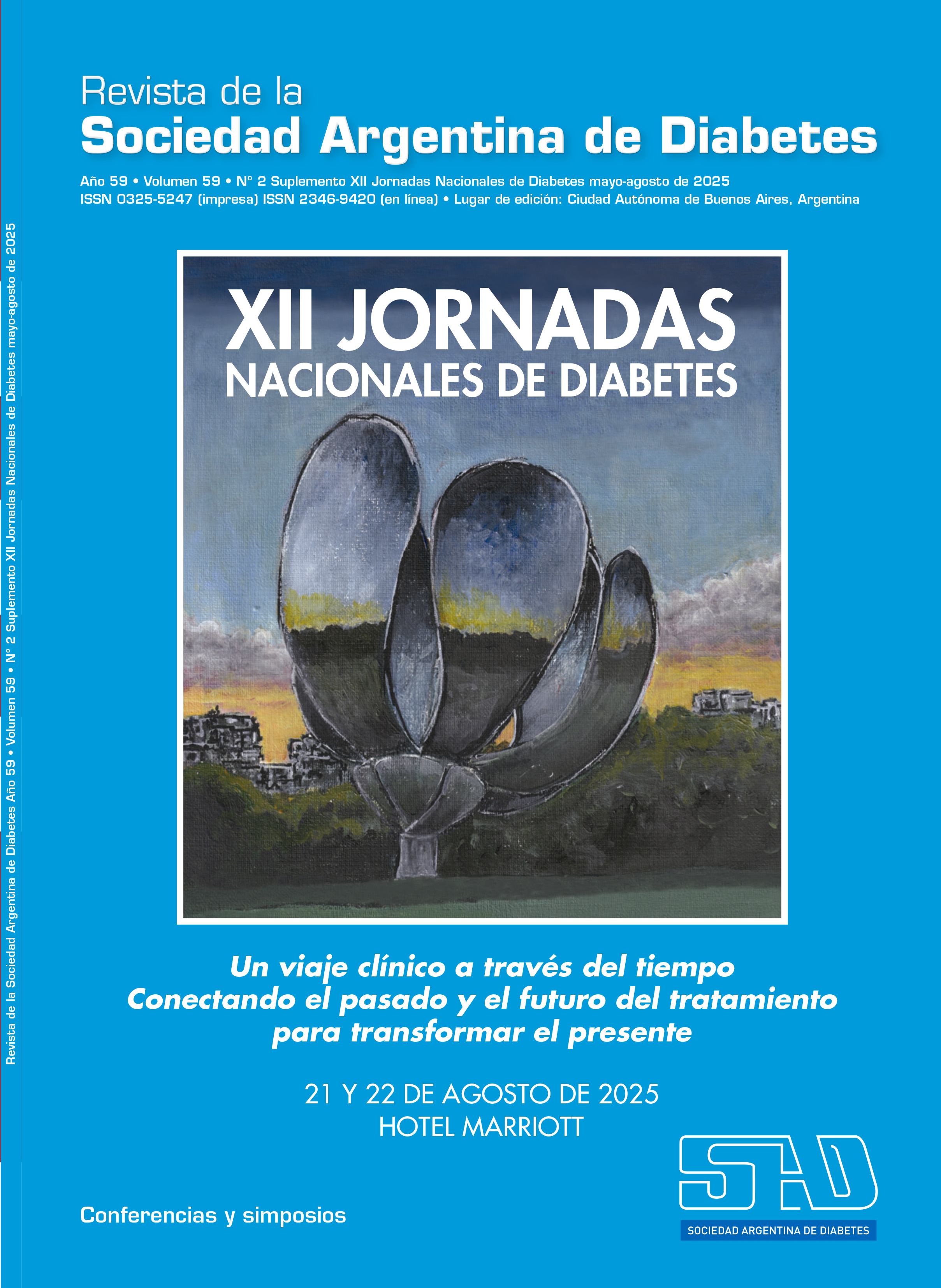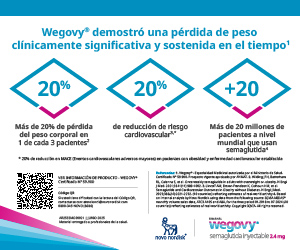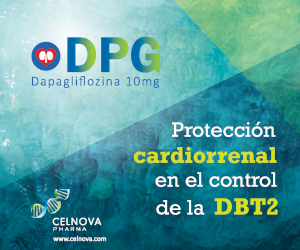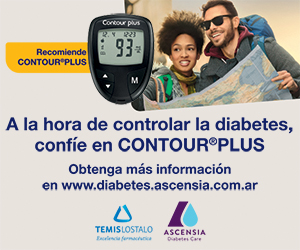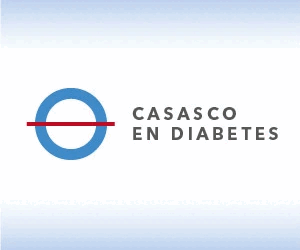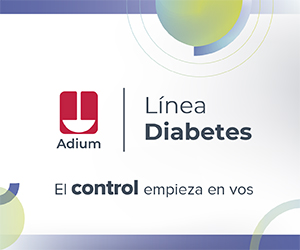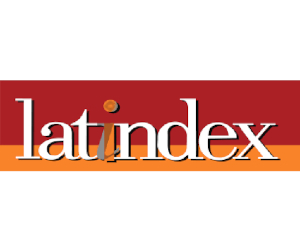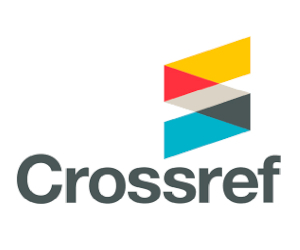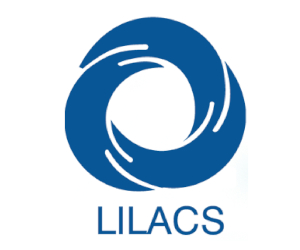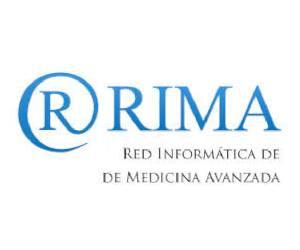Evaluation of type 2 diabetes mellitus treatment. A multicenter study conducted by specialists from Argentina
DOI:
https://doi.org/10.47196/diab.v59i2Sup.1262Keywords:
type 2 diabetes, glycated hemoglobin, treatment, quality of life, complicationsAbstract
Introduction: achieving the glycemic goal in type 2 diabetes (T2DM) prevents and slows chronic complications and prolongs survival.
Objectives: To quantify the percentage of people with T2DM who achieve the glycemic control goal according to glycated hemoglobin (HbA1c) levels, and its relationship with treatment adherence, duration of T2DM, well-being, treatment modalities, problem areas in diabetes, complications, and to identify variables related to goal achievement.
Materials and methods: a multicenter, descriptive, observational, cross-sectional study was conducted in 12 specialized centers in Argentina (Caba, Buenos Aires, and Neuquén) from 2024 to 2025. Laboratory tests and treatment of T2DM were investigated in routine practice. The Morisky-Green-Levine medication adherence questionnaire, the WHO-5 questionnaire for well-being, and the PAID-5 questionnaire for problem areas in diabetes were used; polypharmacy was >4 medications/day.
Results: of the 533 people with T2DM included, 52.5% were male; age: 62.7 ± 11%, BMI: 31.4 ± 5.6%, waist circumference (WC): 104 cm (men) and 102 cm (women), years of DM: 10.8 ± 8%, and HbA1c: 7.1 ± 1.4%; 61.7% achieved the goal. High blood pressure: 71.6%, dyslipidemia: 81.6%, smoking: 8.2%, physical activity: 36.2%, and cardiovascular disease: 23.3%. Retinopathy: 11%, nephropathy: 20%, and neuropathy: 24%. Lack of health coverage: 1.5%, national/provincial plans: 14.5%, Unions: 34.5%, prepaid medicine: 37.5%, PAMI/incluir salud: 12%. Treatment: The most commonly prescribed medication was metformin in 83.8% of patients, followed by DPP-4 inhibitors (34.8%), SGLT2 inhibitors (29.5%), gliclazide and glimepiride (24.6%), GLP-1RA (6.4%), repaglinide (0.7%), pioglitazone (2.2%), and none with glibenclamide. Single-pill combinations (17%) and polypharmacy (69%). Insulin-treated patients were treated in 21.8% of patients, with NPH being the most commonly used (42%), followed by Glargine U-100 (37%), Degludec (27%), Glargine U-300 (7%), and slow/fast insulin premixes (2.2%). Basal insulin combined with non-insulin-containing antidiabetics (69%) and basal/bolus insulin (31%). Adherence to pharmacological treatment was observed in 58.9% of patients, of whom 64.1% achieved the goal. Of those who were non-adherent, 35.4% achieved the goal (p=0.002). Poor well-being was observed in 15% of patients, depression in 8.6%, and diabetes-related distress (PAID-5 >7): 31.5%.
Multiple logistic regression analysis showed that achieving the glycemic goal was associated with medication adherence (OR: 1.63, 95% CI 1.09-2.41, p<0.015), and age >65 years (OR: 2.50, 95% CI 1.29-4.90, p<0.006). The lowest goal achievement was observed with polypharmacy (OR: 0.57, 95% CI 0.36-0.88, p<0.013), having Union insurance (OR: 0.6, 95% CI 0.40-0.91, p<0.016), longer duration of DM (OR: 0.96, 95% CI 0.93-0.99, p<0.011), and insulin treatment (OR: 0.17, 95% CI 0.10-0.28, p<0.0001).
Conclusions: younger patients had worse glycemic control and lower medication adherence. People with T2DM with Union insurance, polypharmacy, less adherent status, longer duration of DM, and insulin treatment were less likely to achieve their goal. Intensifying treatment earlier would allow for better outcomes in these patients.
References
I. Fang M, Wang D, Coresh J, Selvin E. Trends in diabetes treatment and control in U.S. Adults, 1999-2018. N Engl J Med 2021;384:2219-28.
II. Houssay S, López-González E, Luongo A, Milrad A, Linari MA. Diabetes tipo 2: ¿en la vida real es posible lograr la meta glucémica? Medicina (Buenos Aires) 2022;82:714-721.
III. ŚwiątoniowskaLonc N, Tański W, Polański J, Jankowska-Polańska B, Maz G. Psychosocial determinants of treatment adherence in patients with type 2 diabetes. A review. Diabetes, Metabolic Syndrome and Obesity: Targets and Therapy 2021;14 2701-2715.
IV. Inoue K, Liu M, Aggarwal R, et al. Prevalence and control of diabetes among adults, 2013 to 2023. JAMA 2025;333;(14):1255-1257. doi:10.001/jama.2024.28513.
Downloads
Published
Issue
Section
License
Copyright (c) 2025 on behalf of the authors. Reproduction rights: Argentine Diabetes Society

This work is licensed under a Creative Commons Attribution-NonCommercial-NoDerivatives 4.0 International License.
Dirección Nacional de Derecho de Autor, Exp. N° 5.333.129. Instituto Nacional de la Propiedad Industrial, Marca «Revista de la Sociedad Argentina de Diabetes - Asociación Civil» N° de concesión 2.605.405 y N° de disposición 1.404/13.
La Revista de la SAD está licenciada bajo Licencia Creative Commons Atribución – No Comercial – Sin Obra Derivada 4.0 Internacional.
Por otra parte, la Revista SAD permite que los autores mantengan los derechos de autor sin restricciones.



